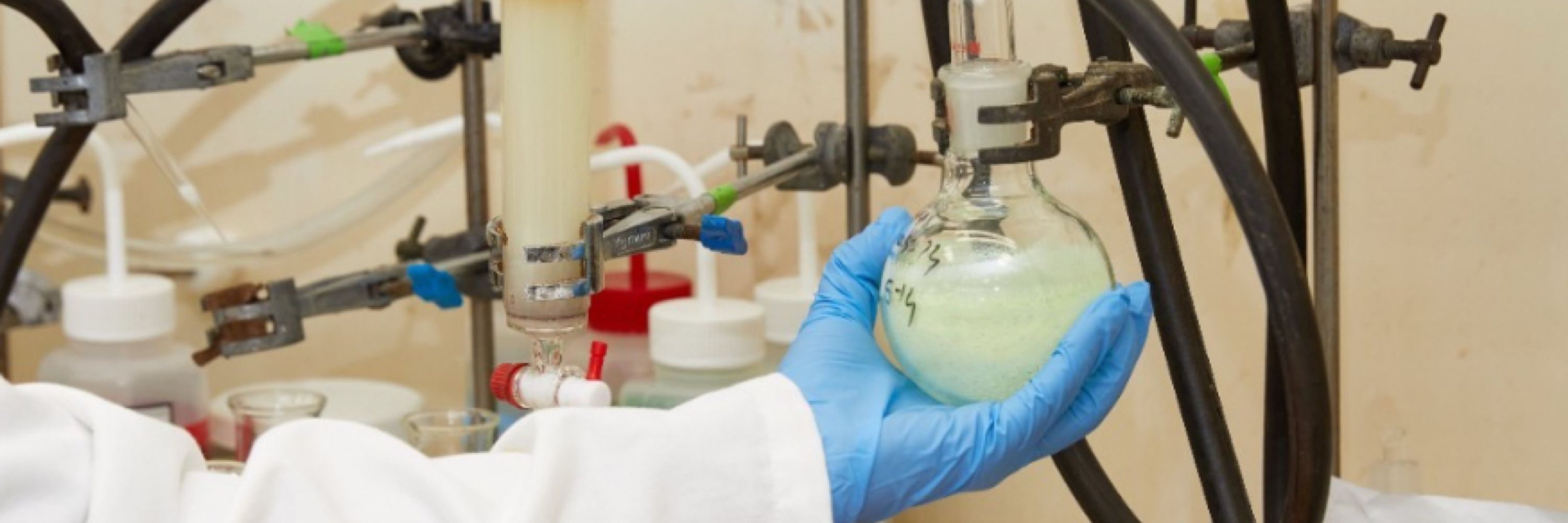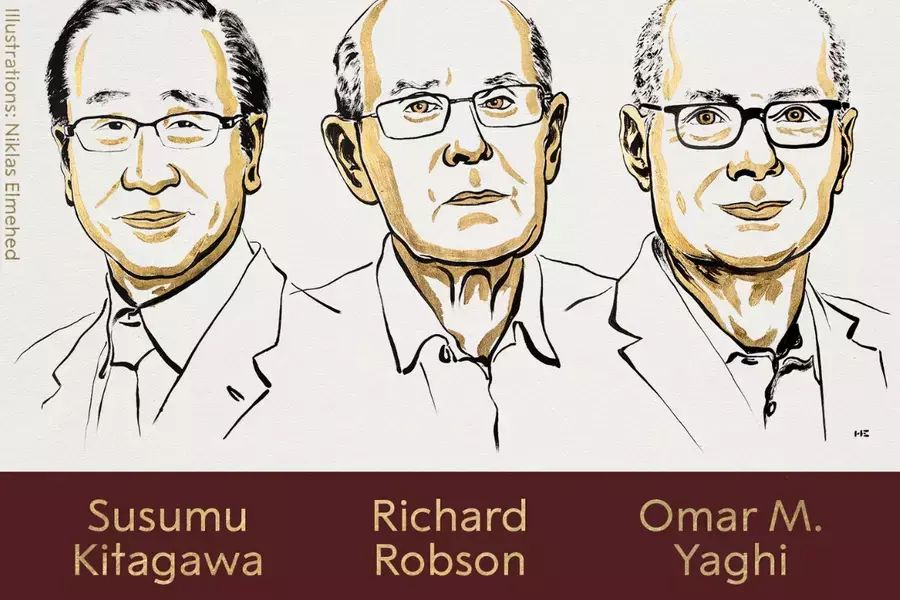
#AusJChem
connectsci.au/ch/article/7...

#AusJChem
connectsci.au/ch/article/7...
Details: connectsci.au/ch/article/7...

Details: connectsci.au/ch/article/7...
#AusJChem
More: doi.org/10.1071/CH25096

#AusJChem
More: doi.org/10.1071/CH25096
#AusJChem
Details: connectsci.au/ch/article/7...

#AusJChem
Details: connectsci.au/ch/article/7...
#AusJChem
Detail- connectsci.au/ch/article/7...

#AusJChem
Detail- connectsci.au/ch/article/7...
A study by Marx et al shows how NMR spectroscopy is both a blessing and a curse! This uncovered unexpected ethanol and hidden components in cell growth media, revealing unseen complexities that impact reproducibility.
#AusJChem #openaccess
Detail- connectsci.au/ch/article/7...

A study by Marx et al shows how NMR spectroscopy is both a blessing and a curse! This uncovered unexpected ethanol and hidden components in cell growth media, revealing unseen complexities that impact reproducibility.
#AusJChem #openaccess
Detail- connectsci.au/ch/article/7...
#AudJChem
connectsci.au/ch/article/7...

#AudJChem
connectsci.au/ch/article/7...
More: doi.org/10.1071/CH25...

More: doi.org/10.1071/CH25...
A virtual collection from #AustJChem celebrating Nobel Laureate Professor Richard Robson, pioneer of MOFs.
Explore 60 years of his groundbreaking work, free to read until 27 Feb 2026. @csiropublishing.bsky.social @unimelb.bsky.social
connectsci.au/ch/collectio...
A virtual collection from #AustJChem celebrating Nobel Laureate Professor Richard Robson, pioneer of MOFs.
Explore 60 years of his groundbreaking work, free to read until 27 Feb 2026. @csiropublishing.bsky.social @unimelb.bsky.social
connectsci.au/ch/collectio...
#AusJChem #openaccess
connectsci.au/ch/article/7...

#AusJChem #openaccess
connectsci.au/ch/article/7...
Browse Australian Journal of Chemistry:
connectsci.au/ch
Browse Australian Journal of Chemistry:
connectsci.au/ch
- better search filtering across article types & subjects
- journal article split screen view
- nuanced email notification options, inc. saved search alerts: connectsci.au/sign-in
- better search filtering across article types & subjects
- journal article split screen view
- nuanced email notification options, inc. saved search alerts: connectsci.au/sign-in
You can now find Australian Journal of Chemistry here:
connectsci.au/ch
So, what's new for readers and authors?

You can now find Australian Journal of Chemistry here:
connectsci.au/ch
So, what's new for readers and authors?
@csiropublishing.bsky.social
www.publish.csiro.au/ch/pdf/CH25103
@csiropublishing.bsky.social
www.publish.csiro.au/ch/pdf/CH25103
You can read the foundational paper here: www.publish.csiro.au/CH/CH9702225
#AusJChem #MOFs

You can read the foundational paper here: www.publish.csiro.au/CH/CH9702225
#AusJChem #MOFs
#AudJChem
Details: www.publish.csiro.au/CH/CH25044

#AudJChem
Details: www.publish.csiro.au/CH/CH25044

We were honoured to celebrate Prof Robson’s remarkable achievements in our 2019 Special Collection, and are thrilled to see him now recognised with the 2025 Nobel Prize in Chemistry! #AustJChem
Which you can revisit here:
www.publish.csiro.au/CH/issue/9431
We were honoured to celebrate Prof Robson’s remarkable achievements in our 2019 Special Collection, and are thrilled to see him now recognised with the 2025 Nobel Prize in Chemistry! #AustJChem
Which you can revisit here:
www.publish.csiro.au/CH/issue/9431
Cosy up with your morning brew and check out this paper by Patti and colleagues reporting the lipid, caffeine, and polyphenol content of waste coffee husks and spent coffee grounds (SCGs) from Australian commercial outlets.
#AusJChem
More: doi.org/10.1071/CH20189

Cosy up with your morning brew and check out this paper by Patti and colleagues reporting the lipid, caffeine, and polyphenol content of waste coffee husks and spent coffee grounds (SCGs) from Australian commercial outlets.
#AusJChem
More: doi.org/10.1071/CH20189
www.publish.csiro.au/ch/pdf/CH25104
www.publish.csiro.au/ch/pdf/CH25104
Hill et al. show that cis-amide conformations, not N-methylation alone, drive metabolic instability in cyclic hexapeptides.
Balance conformation and stability needed when optimising scaffolds for drug development.
#AusJChem #openaccess
www.publish.csiro.au/CH/CH25080

Hill et al. show that cis-amide conformations, not N-methylation alone, drive metabolic instability in cyclic hexapeptides.
Balance conformation and stability needed when optimising scaffolds for drug development.
#AusJChem #openaccess
www.publish.csiro.au/CH/CH25080
More: www.publish.csiro.au/CH/CH25035

More: www.publish.csiro.au/CH/CH25035
#openaccess @csiropublishing.bsky.social
www.publish.csiro.au/CH/CH25081

#openaccess @csiropublishing.bsky.social
www.publish.csiro.au/CH/CH25081

